Industry Insights Acoustics in Floor Systems
March 20, 2021
When building or remodeling a home a key design consideration is the resulting acoustics of the space. Understanding how building materials, especially flooring systems, absorb, reflect, bounce, or transmit sound is crucial to prevent excessive noise.
To be effective an effective floor system for acoustics the material must limit the transmission of sound or noise from room to room or floor to floor. Doing so will enhance the quality of sound within the room and create a pleasing home environment.
“Of all the varieties of modern pollution, noise is the most insidious.”
– Robert Lacey
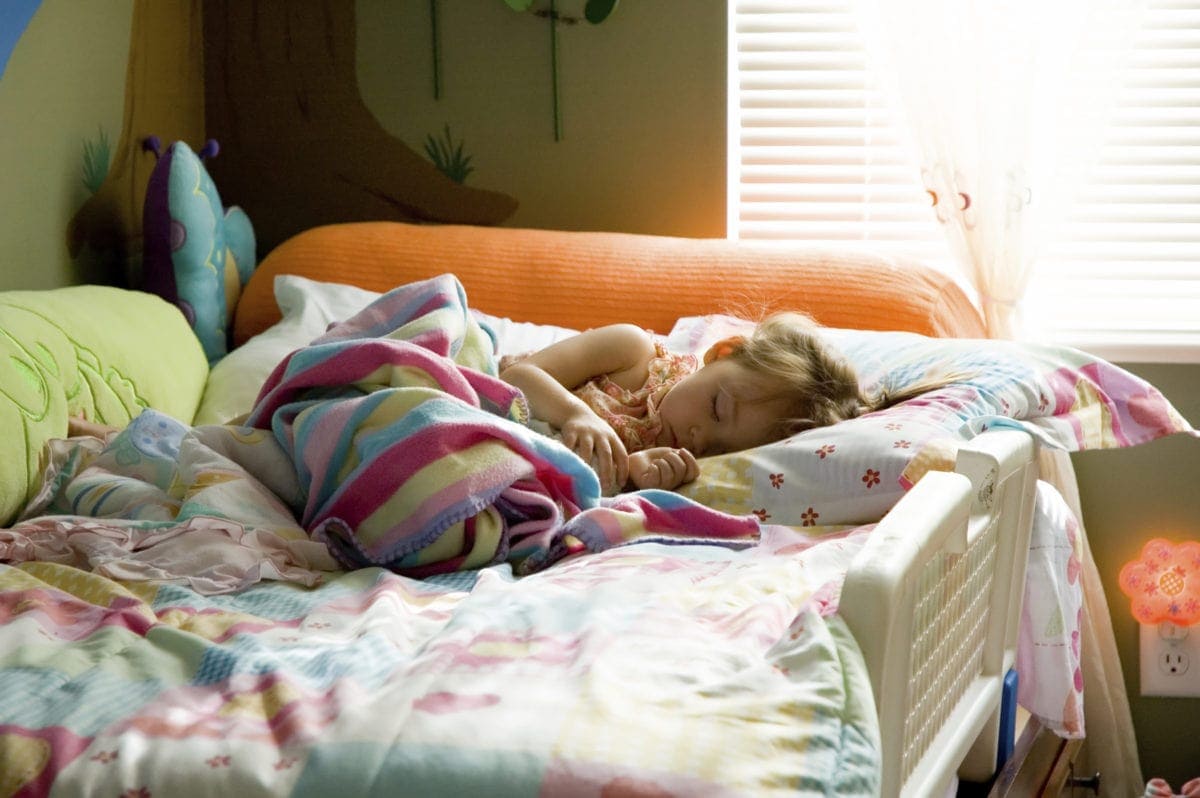
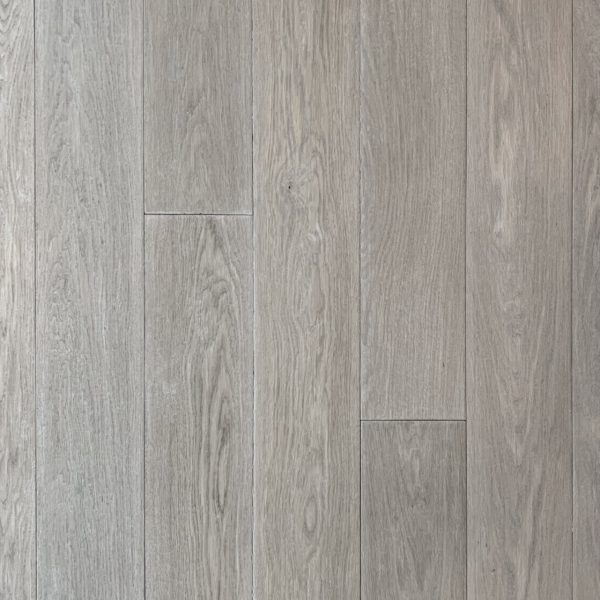
Contributing Factors to Sound Transmission
There are a number of factors which contribute to a home’s acoustics such as building material composition and level of insulation used in walls/ceilings. However, for flooring there are two contributing factors. The first is your choice of floor material and the second is the type of underlayment used.
The cumulative effects of all of these components are what provides the final sound characteristics of the floor system. Neither of the materials can fulfil the requirements on their own.
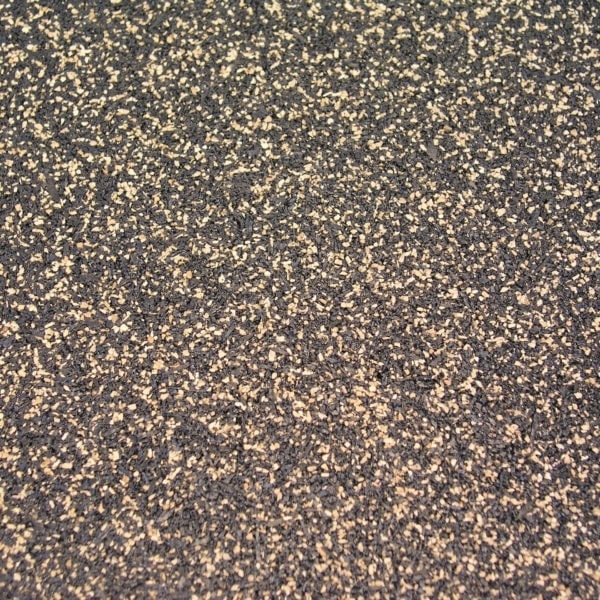
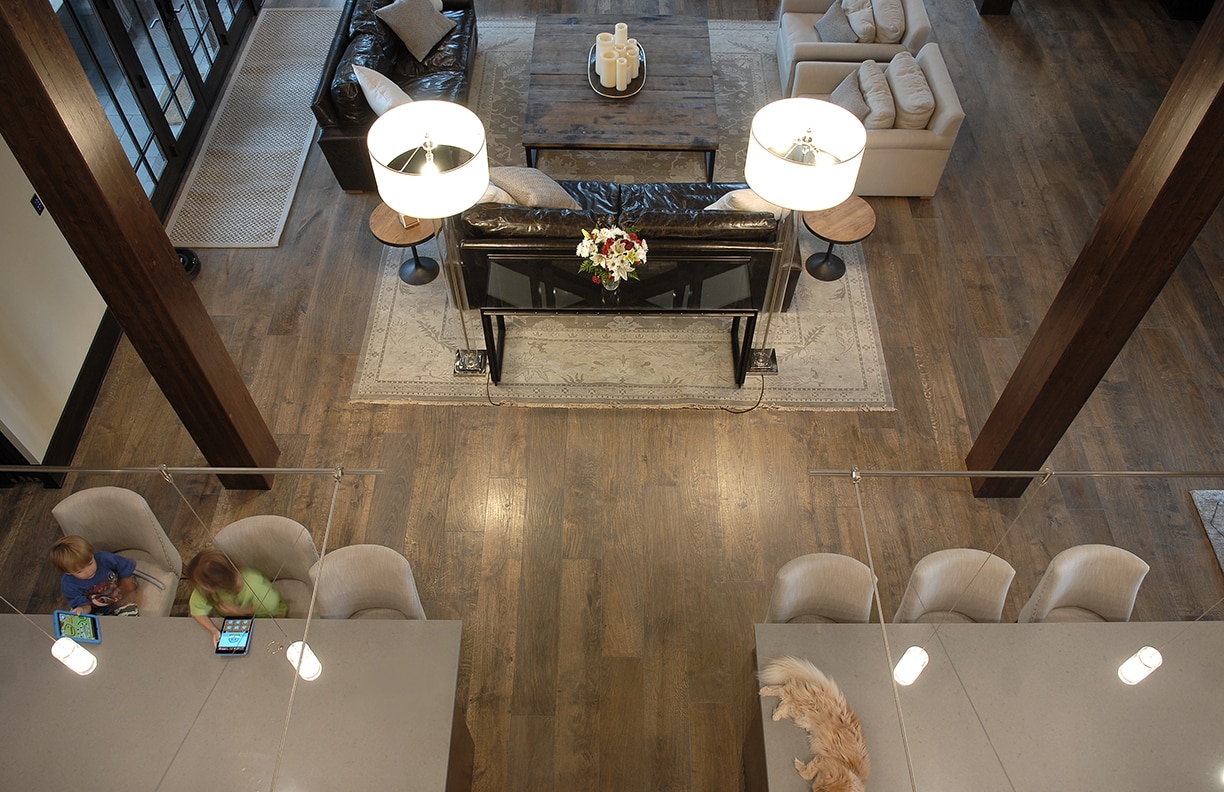
Types of Noise
In general, noise can be classified into one of two types for floor systems: Impact Sound and Airborne Sound. Acoustic floor systems must prevent or reduce the sound transmission generated from either type.
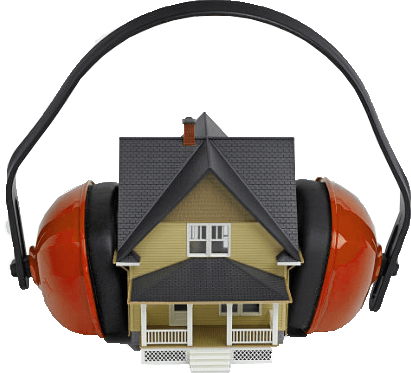
Impact Sound
Impact sound is noise created when one object comes into direct contact with the floor such as footsteps from walking across the floor. Walking with boots on will generate a louder impact sound than walking across the floor in only socks.
To determine how effective a floor system is at preventing the transmission of impact noise a test is performed and either an Impact Insulation Class (IIC) rating or Apparent Impact Insulation Class (AIIC) rating is provided.
Impact Insulation Class
Impact Insulation Class (IIC) is a rating of how well a home’s floor decreases impact sounds such as footsteps, dropped articles, or furniture moving across the floor. The rating is performed after undergoing a test in a controlled setting.
Apparent Impact Insulation Class
Apparent Impact Insulation Class (AIIC) rating refers to measurements taken on site where sound is not as easily controlled. Field tests are only accurate for the site where the test was performed whereas lab tests are better for predicting performance in a range of construction types.
Airborne Sound
Airborne sound is generated from people, instruments, or speakers. The sound generated can be transmitted through the flooring into other areas of the home. Playing loud music will have greater transmission than from regular conversation.
To determine how effective a floor system is at preventing the transmission of airborne sound a test is performed and either an Sound Transmission Class (STC) rating or Field Sound Transmission Class (FSTC) rating is provided.
Sound Transmission Class
Sound Transmission Class (STC) is a rating for how well a home’s structural assemblies (walls, floors, rooms, etc.) decrease airborne sound from speaking, music playing, or from television. In short it is how well materials of the home are good at soundproofing.
Field Sound Transmission Class
Field Sound Transmission Class (FSTC) rating refers to measurements taken on site where sound is not as controllable. FSTC and STC do not take into account the pitch or frequency of the sound so a floor will have different sound transmissions for a piano vs a vacuum.
Sound Ratings
An IIC-STC ratings describes the decibel reduction of sound as it travels through the material. For instance, a dishwasher with a 50 dB noise rating would be completely masked with a floor system IIC-STC rating of 55. However, if the floor system had a IIC-STC rating of 30 then 20 dB of sound would come through the floor system.
An IIC-STC rating will generally be 5 points higher than an AIIC or FSTC rating to account for other on-site sounds which cannot be controlled when the test is performed.
Superior Sound Proofing
IIC-STC 70 dB
Superior Sound Proofing
IIC-STC 70 dB
Great Sound Proofing
IIC-STC 60 dB
Great Sound Proofing
IIC-STC 60 dB
International Building Code
IIC-STC 55 dB
International Building Code
IIC-STC 55 dB
Poor Sound Proofing
IIC-STC 45 dB
Poor Sound Proofing
IIC-STC 45 dB
No Sound Proofing
IIC-STC 30 dB
No Sound Proofing
IIC-STC 30 dB
Share this on:
